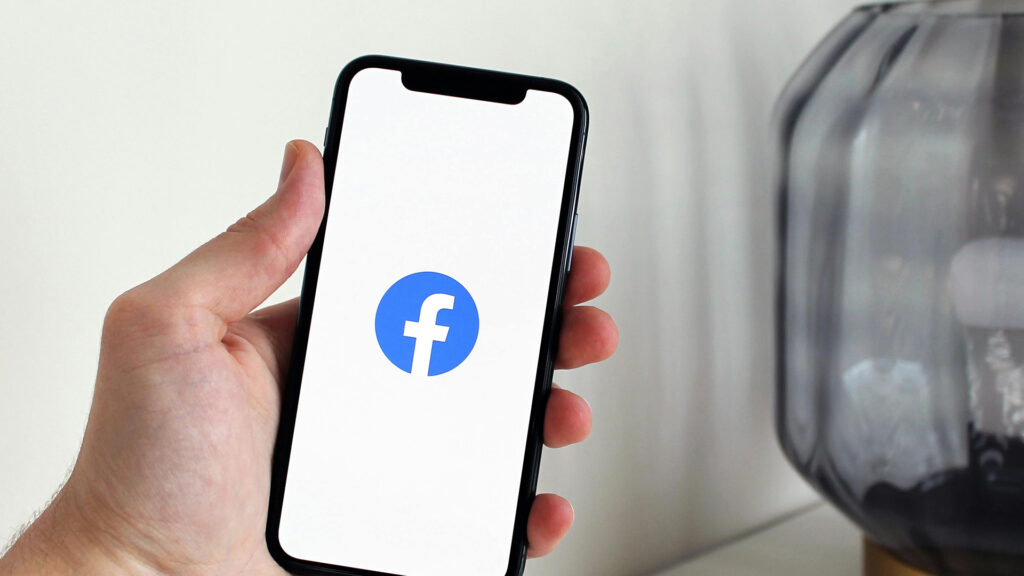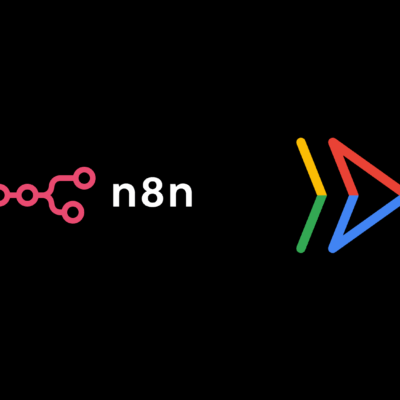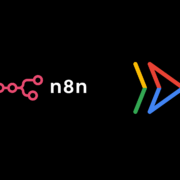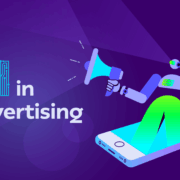
I started using Facebook for my small candle business last year and quickly realized I didn’t need a huge marketing budget to see results. Facebook has become my go-to platform for connecting with customers without spending a dime on ads.
The best part? You don’t need to drain your bank account on fancy ad campaigns. With some creativity and consistency, you can build a solid presence on Facebook completely free.
Sure, it might take longer to see results compared to paid ads, but the trade-off is worth it when you’re watching your budget. I’ve compiled my favorite free Facebook marketing tactics that actually work for real small businesses.
12 Free Ways to Advertise Your Business on Facebook
These strategies have helped me grow my small business without spending money on Facebook ads. Each method requires some time and effort, but the results are worth it. I’ve organized them from basic setup to more advanced techniques, so you can implement them step by step.
Of course, as your business grows, you might eventually want to explore paid advertising. When that time comes, you can either learn to run campaigns yourself or get a Facebook ad agency account.
Many small businesses I know have had success with services from Uproar.io when they were ready to scale beyond free methods. But for now, let’s focus on what you can do without spending money.
1. Create a Facebook Business Page
Think of your Business Page as your storefront on Facebook – it needs to make a good first impression.
When I first set up my page, I didn’t realize how important it was to get the basics right. Your Business Page is where potential customers will form their first impression of your brand. Users interact with it by liking or following, and everything you post stays visible to visitors.
Make sure you include:
- A professional logo as your profile picture
- A cover photo that shows what you’re all about
- A clear description that explains what you sell
- Updated contact details so people can reach you
- A call-to-action button linking to your website
- Your business story in the About section
Your profile picture shows up next to every comment and post you make. I learned the hard way that complex images look terrible when shrunk down – keep it simple and recognizable.
For your cover photo, this is prime real estate! I change mine seasonally to showcase new products. It’s free advertising space right at the top of your page.
2. Set Up a Facebook Shop
I resisted setting up a Shop for months, thinking it would be complicated. It wasn’t, and it’s now one of my best sales channels.
A Facebook Shop is essentially an online catalog embedded in your page. Customers can browse your products, check prices, and learn about features without ever leaving Facebook.
The convenience factor is huge – people are already scrolling through Facebook, so putting your products right there removes friction from the buying process.
If you use Shopify like I do, the Facebook integration is a dream. It automatically syncs your products, inventory, and prices. When I update something on Shopify, it changes on Facebook too.
Don’t forget about product tagging! I tag products in my regular posts and photos, which creates direct purchase links. My sales jumped 30% after I started consistently tagging products in my content.
3. Look for Free Advertising Credits

I stumbled across these by accident, but Facebook occasionally offers free ad credits to small businesses.
You can’t request them directly, but keep an eye out for:
- Special offers when partnering with business tools
- Promotional credits in Business Suite notifications
- Small business events where Meta offers support
When I got my first $25 in credits, I blew it on one broad campaign that did nothing. Big mistake.
Now I use ad credits to test different approaches:
- Comparing video ads against image carousels
- Trying various audience targeting options
- Testing different call-to-action buttons
The data from these small tests helps me understand what my audience responds to. When a test campaign performs well, I reinvest some of the resulting sales into more advertising.
4. Share Helpful Content Regularly
I noticed engagement spiked when I stopped just promoting products and started solving problems. People don’t want to be sold constantly. They want information that makes their lives better. My most successful posts are the ones that help my audience solve a problem or learn something new.
I focus on quality rather than quantity. One thoughtful, helpful post each week performs better than daily sales pitches.
My best performing content includes:
- Tips for using scented candles to create different moods
- Behind-the-scenes peeks at how I make seasonal scents
- Customer stories about how they use their candles
- Answers to common questions about candle care
I’m not a professional writer, but I’ve found that authenticity matters more than polish. Writing like I’m talking to a friend gets more engagement than formal marketing speak.
After months of posting at random times, I started tracking when my followers were most active. Turns out, my audience engages most on Sunday evenings and Wednesday afternoons.
Your ideal posting times will probably differ. Check your Page Insights to see when your specific audience is online. The data is right there, and it’s completely free.
5. Sell Through Facebook Marketplace
Marketplace has been a game-changer for reaching local customers who aren’t actively searching for my business.
Unlike my Facebook Shop, which attracts people already interested in candles, Marketplace helps me connect with local buyers browsing general categories. It focuses on local sales, which saves on shipping costs.
I’ve found these tactics work well:
- Using specific keywords in product descriptions
- Taking vertical photos that look good on mobile
- Setting competitive prices after researching similar items
- Responding to messages within an hour when possible
Marketplace listings appear in local search results, which helps me reach people who might never find my regular Business Page.
6. Host Facebook Live Videos
My first Live video was terrifying and only had three viewers. Now they’re my most engaging content. Live videos create a sense of excitement that regular posts can’t match. Facebook notifies your followers when you go live, which brings in viewers immediately.
The real-time interaction builds stronger connections with viewers. People ask questions, I answer on the spot, and it feels like an actual conversation rather than one-way marketing.
My most successful lives include:
- Candle-making demonstrations from my workshop
- Q\&A sessions about home fragrance
- New seasonal collection reveals
- Behind-the-scenes looks at how I run my business
I always plan content before going live, but leave room for spontaneous interaction. After the stream ends, the video stays on my page for people to watch later, extending its value.
7. Ask Friends and Family to Share Your Page
My first 50 followers were all friends and family, and their shares bought in my first real customers. When someone you know shares your business, their network sees it as a personal recommendation. That carries far more weight than any advertisement.
Before asking for shares, make sure your page looks professional. Your friends are putting their reputation on the line by recommending you.
I’ve found these approaches work best:
- Creating genuinely interesting content people want to share
- Personally thanking everyone who shares my page
- Avoiding constant share requests that annoy my network
I also share business content on my personal profile occasionally. This puts my business in front of friends who might not follow my page yet.
8. Run a Facebook Giveaway
Giveaways cost me products, but the exposure has always been worth more than what I give away. My first giveaway brought in 78 new followers and resulted in 12 direct sales afterward. While I gave away a $30 candle set, those sales more than covered the cost.
A typical entry process includes:
- Liking my business page
- Sharing the giveaway post
- Tagging friends who might be interested
- Following the page for future updates
Each share introduces my business to potential customers who might never have found me otherwise.
I’ve teamed up with a local soap maker for joint giveaways. We both contribute products and promote to our separate audiences. This doubles the exposure while halving the cost.
9. Join Local Facebook Groups
Local community groups have brought me more consistent customers than any other free method. These groups connect people with shared interests or locations. Many allow business promotion, though usually with specific rules.
Before promoting my business, I spent time:
- Reading group rules thoroughly
- Participating in discussions unrelated to my business
- Building relationships with active members
- Finding ways to help others in the group
Most groups have designated days for business promotion. In my area, it’s usually “Small Business Saturday” or “Promotion Tuesday.”
When I do promote, I offer group members a special discount. This makes my post valuable to the community rather than just self-serving advertisement.
10. Collect Facebook Reviews
Reviews from real customers have dramatically increased my conversion rate from page visitors. People naturally check reviews before buying, especially from small businesses they don’t know well. Positive reviews provide social proof that your products deliver on their promises.
I ask for reviews after confirming the customer is happy with their purchase. The timing matters – catching them when they’re excited about the product works best.
These tactics have helped me gather over 100 reviews:
- Sending follow-up emails a week after delivery
- Offering a small discount on their next purchase
- Making the review process simple with direct links
- Personally thanking everyone who leaves feedback
I highlight positive reviews in my posts occasionally. This shows potential customers the good experiences others have had.
11. Work With Micro-Influencers
Big influencers charge thousands, but I’ve had great results working with smaller local accounts. Micro-influencers have smaller followings (usually under 10,000) but highly engaged audiences. Many will accept product samples instead of payment, making this an affordable marketing channel.
I look for influencers who:
- Share my target audience demographics
- Post content related to home décor or self-care
- Actually engage with their followers
- Create authentic-feeling content
I send free candle sets in exchange for honest reviews or mentions. My only cost is the product, not an additional fee.
These smaller influencers often generate better engagement than celebrities. Their followers trust their recommendations and see them as friends rather than distant famous people.
12. Use Facebook Messenger for Customer Service
Direct conversations through Messenger have turned many browsers into buyers for my business. Messenger provides a personal communication channel with customers. People ask questions about scents, shipping, or custom orders, and quick responses often lead to sales.
Facebook displays your typical response time publicly, so being prompt shows good customer service.
These approaches have worked well for me:
- Greeting new page visitors with a welcome message
- Answering product questions completely and quickly
- Sending shipping updates through Messenger
- Offering exclusive deals to people who message directly
As my business grew, I set up automated responses for common questions. This maintains quick replies even during busy periods.
Final Thoughts on Free Facebook Advertising

Free marketing takes more time and patience than paid advertising, but it delivers genuine results. I’ve built my entire business using these free Facebook strategies. While it took consistency and effort, the organic growth has created a loyal customer base that paid ads might not have delivered.
Start with the basics – a professional Business Page and Facebook Shop. Then gradually add other tactics that fit your specific business and goals. Track which methods bring you the most engagement and sales. Focus your limited time on the strategies that work best for your particular business rather than trying to do everything at once.
With patience and consistent effort, these free Facebook advertising methods can help your business grow sustainably without breaking the bank.
Frequently Asked Questions
1. Are there free Facebook ads?
Facebook doesn’t offer free campaigns through Ads Manager, but you can advertise for free through groups, Marketplace, and your own page content.
2. How do I advertise on Facebook with no money?
Create a Business Page, share helpful content, join community groups, use Marketplace listings, tag products from your Shop, and host live videos – all completely free.
3. How can I boost my post on Facebook for free?
Share it to your personal profile, ask friends to share it, post in relevant groups, and time it when your audience is most active online.
4. Can I get free Facebook ad credits?
Yes, through Meta partnerships and occasional promotions. Watch for special offers in your Business Suite notifications.
5. Is Facebook Marketplace good for small businesses?
Absolutely, especially for local businesses selling physical products. It connects you with nearby customers who are actively looking to buy.









